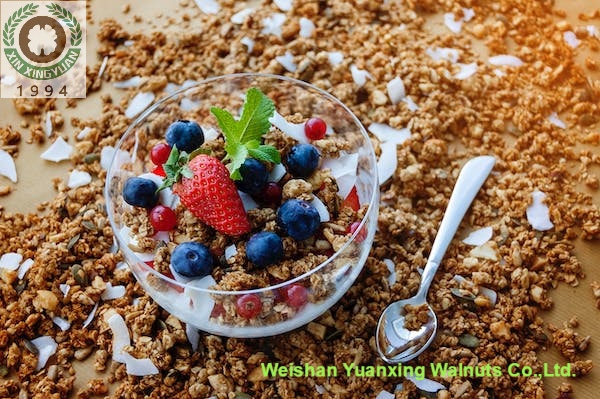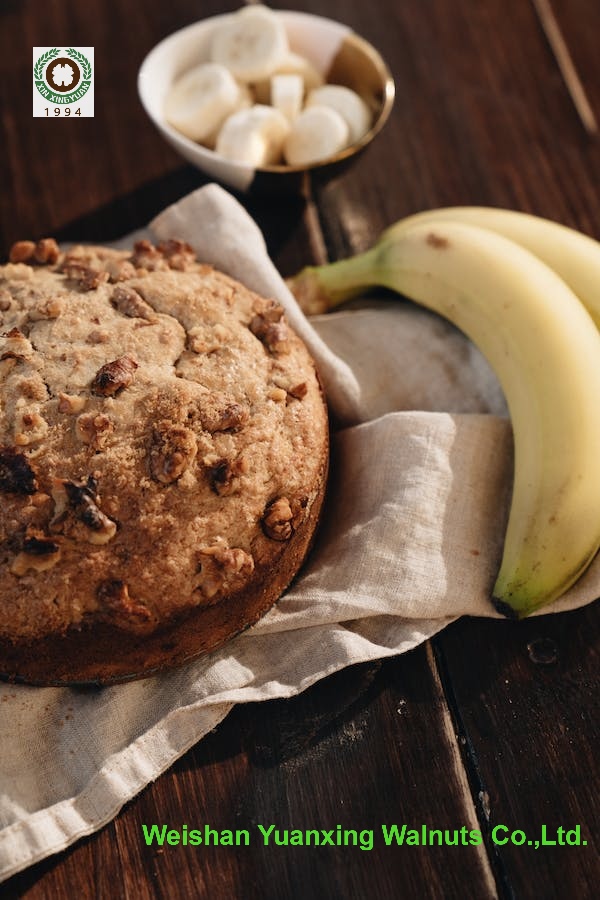Bullfrog can be described as a treasure. Its meat is a high-protein, low-fat, low-cholesterol precious food and high-grade diet; its skin is fine leather; its internal organs are feed for livestock and poultry. At the same time, bullfrogs still catch insect pests. At present, the consumption of beef frog meat in domestic and foreign markets is increasing.
The price is about 20 US dollars per kilogram, is a promising breeding industry. The use of greenhouses for breeding can extend the growth period, increase production, and increase profits. This is a good project for farmers to get rid of poverty and make a good living.
In June 1993, Guo Shun, a farmer in Huayugou Village of Chenzhezi Town, Luanping County, introduced 32 species of frogs from Beijing, including 21 female frogs and 11 male frogs. They were cultivated in greenhouses in winter and bred in open air in summer and kept for one year. There are 32 species of frogs, 5000 young frogs, and 30,000 eggs. The value of the current gang is approximately 25,000 yuan.
Bullfrog requirements for environmental conditions
(A) Temperature The optimum temperature for the growth and reproduction of bullfrogs is 26-3O°C. The temperature can reach 40°C or lower than 0°C. The activity usually starts when the temperature reaches 9-12°C after the dormancy period.
(b) The food frogs are mainly plant foods such as green algae, blue algae, and diatoms. With the growth and development of individuals can eat paramecium, leeches, rotifers and dead animals and plants. Adult frogs mainly eat small animals, such as cockroaches, maggots, snails, yellow mealworms, paramecium, otters, etc., and each eats about 30 grams.
(C) light frog hi habitat in the ecological environment of sunny, weak light, avoid strong direct sunlight, suitable for habitat under blue light.
Second, the necessary breeding facilities to build a solar greenhouse, drying pool, species of frog ponds, hatching pools, young frog ponds, feeding tables, etc., the area can be determined according to the number of breeding.
III. Feeding and managing bullfrogs are mainly divided into three stages: pupa, frogs and frogs.
(1) Feeding and management of earthworms to cultivate fertilizer pond water, clean water, and high oxygen content are the key to raising good earthworms. For every 100 tons of pond water, 25-50 kilograms of livestock manure should be put into the pond mud every 1-2 weeks, or nontoxic herbaceous grass should be used to make the pond water become yellow-green fertilizer water.
Science feeding. Pay attention to fresh and clean bait, and diversify food ingredients. The feeding is generally performed every day at 9-10 am or 4-5 pm. In general, the amount of bait per day for every 10,000 days of feeding is 30 kilograms of paramecium culture solution, or 2 kilograms of egg yolk plus 2 kilograms of water.
2. Careful management. First of all, attention should be paid to controlling the water temperature level. The most suitable water temperature is 23-30°C. If the water temperature is higher than 35°C, change the water promptly, that is, discharge one-fourth of the original pool water, and then introduce the same amount of clean water with lower water temperature ( The water level is generally controlled at 10-60 cm). Secondly ensure that the water quality is clean. The oxygen capacity in the water must be higher than 3-5 mg/l, and the salinity is less than 2 ‰ and the pH is 6.6-8.2. Once again, it is necessary to keep the depth of the pool at 1.0 m or more for the winter season, and the water temperature is 15°C or higher, preferably 20-30°C.
(II) Feeding management of young frogs
1. Feeding. Feed 1-2 times daily, 9-10 am, 4-5 pm. Usually the amount of fresh live bait is 5-15% of the body weight of the juvenile frog and 1-3% of dry material.
2. Water temperature. The optimum water temperature is 23-30°C. If the water temperature is higher than 30°C, take cooling measures.
3. Control water quality. When the pH value is 6 to 8.5, remove the remaining bait, remove dead frogs and rotten plants.
4. Timely classification, sub-pool management. In order to avoid the big frog to eat small frogs, after each period of culture, they should be divided into pool management according to individual size.
Breeding density should be appropriate, generally less than 40 days of young frogs. 150-200 eggs per square meter can be raised, and 100-200 eggs of 40-day-old frogs.
5. Prevent pests and diseases, such as rodents.
6. Winter management. When the water temperature drops to 6°C and the temperature is around 10°C, when the juvenile frog enters a hibernation state, the temperature of the overwintering pool in the plastic solar greenhouse must be maintained at more than 0%.
(3) Feeding and management of adult frogs Young frogs are bred after they have been raised and bred for one year and reach the stage of sexual maturity.
1, feed. As the individual frogs grow up, the food intake gradually increases. Usually, they are fed once a day before dusk to eat enough food. And pay attention to the timely removal of leftovers.
2. management. The water quality and temperature management of frogs are basically the same as those of young frogs. However, if the frogs have strong ability to perform good jumps, additional enclosures should be provided to prevent escape. Breeding density should be small. It is generally advisable to control 50 or less square meters per square meter.
Light Color Pieces Walnuts Kernels



Light Color Pieces Walnuts Kernels,Walnut Kernels Light Quarters,Natural Walnut Kernels Light Amber,Walnut Kernels Light Amber
Weishan Yuanxing Walnuts Co.,Ltd. , https://www.walnutsxxy.com